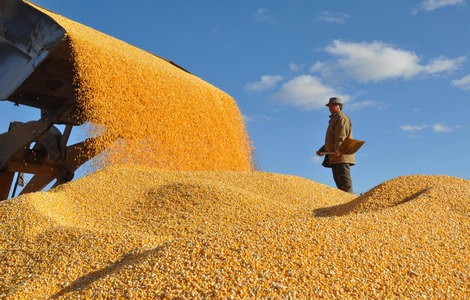
BEIJING - Dirty underground water remains a serious problem for Chinese cities as a majority of monitored sites reported "bad or extremely bad" water quality in 2011, China's Ministry of Land and Resources (MLR) said Thursday.
Sample tests conducted in 200 cities showed that the underground water quality of 40.3 percent of the 4,727 monitored sites was bad, and that of another 14.7 percent was extremely bad, the MLR said in an annual report on national land resources.
Sites with comparatively good, good or excellent underground water quality accounted for 45 percent of the total, according to the report.
"The overall situation of the country's underground water quality allows for no optimism," the MLR said in the report.
In 2010, more than 57 percent of monitored sites reported bad or extremely bad underground water quality, slightly higher than the percentage in 2011.
In 2011, around two-thirds of monitored sites and cities saw the quality of underground water stand unchanged from 2010, while the percentages of those with deteriorating or improving water quality were about the same, the MLR report said.
The report did not provide details concerning the causes of the pollution of underground water, but fast economic growth and a rapidly urbanizing society have been blamed for water pollution in China.
China's average per capita possession of water resources is only 2,100 cubic meters annually, or about 28 percent of the world average, according to the Ministry of Water Resources (MWR).
Moreover, 40 percent of Chinese rivers were seriously polluted and unfit for drinking after 75 billion tonnes of sewage and wastewater were discharged in 2010, MWR data showed.
The State Council, or China's Cabinet, unveiled a guideline in February to regulate the use of water under "the strictest criteria," tighten supervision over the exploitation of underground water and further protect sources of drinking water.







